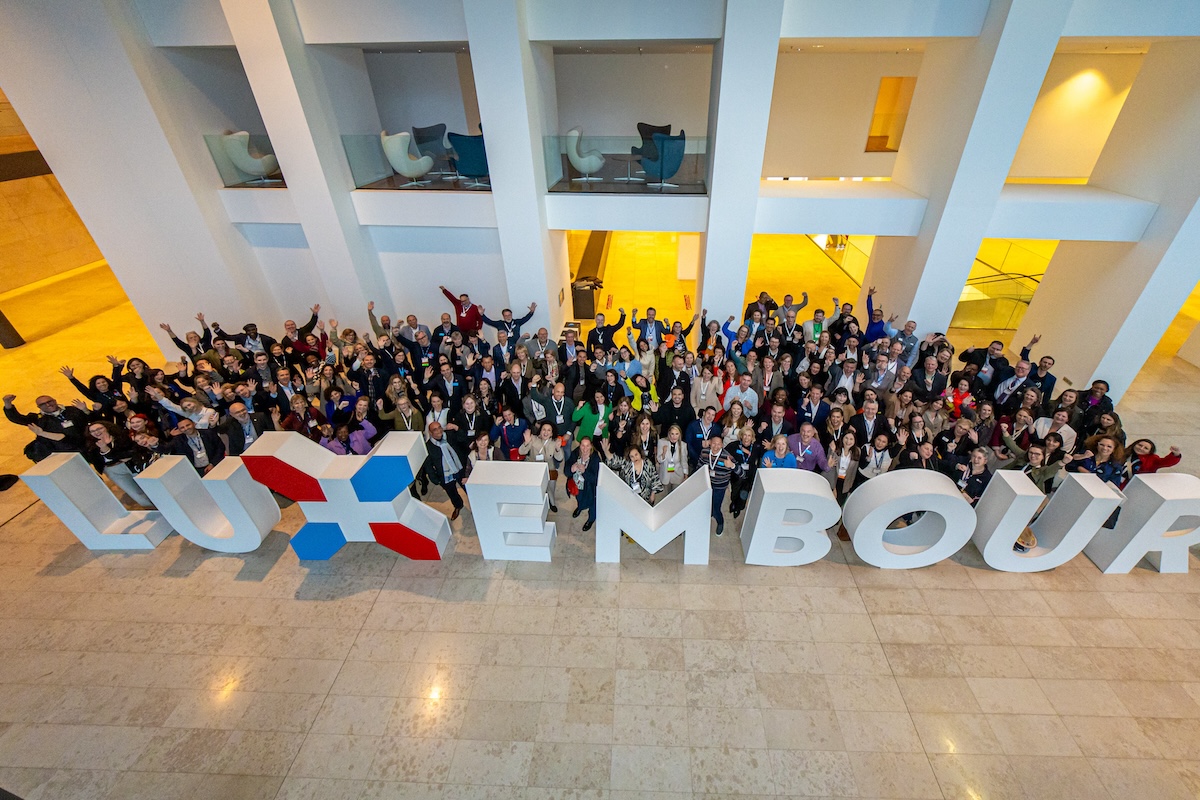Skift Take
Conferences and events are digging deeper to excite and engage younger attendees, and typical keynote presentations aren't the answer.
The events industry needs a game plan to engage and attract next-generation participants because keynote presentations fall short of the proverbial mark.
“When a company CEO is up there peddling their business, that’s when a disconnect happens,” says Alex Merry, a public speaking and presentation coach and founder of MicDrop, a place for leaders using public speaking to build their personal brand. “If you are going to take the slot, you should deliver something visionary.”
The best keynote presenters are experts well-versed in the nuances of their subject matter. This inherent understanding offers attendees unique insights not offered elsewhere. Unfortunately, however, many keynotes are delivered by sponsors. Materials intended to be thought-provoking often flounder.
Attendees expect presentations to provide information they can’t get elsewhere. Generic background information is widely available and shouldn’t be the focus of a keynote, cautions Merry. “We want to see a snippet of the future,” he adds.
At a private gathering in San Francisco for leading technologists about the dilemmas of AI, presenters Tristan Harris and Aza Raskin, co-founders of the Center for Humane Technology, set an example of how to do it right.
“Their presentation was jaw-dropping, from the first minute all the way through, because they put a huge amount of time and care into their message and the journey they took the audience on,” says Merry. “Great keynotes challenge conventional wisdom.”
Rather than focus on the conventional narrative regarding AI, Harris and Raskin’s winning strategy was discussing particular use cases in relatable ways.
Gumballs Make an Impression
Don’t speak at your audience; talk to them, Merry advises. If possible, demonstrate and utilize unexpected props or other visual components to help the keynote resonate.
Roy Beck made headlines when he used gumballs to explain immigration and world poverty. “It helped make a complex subject easy to understand,” Merry says. “Because we are exposed to so much more content now, the more unexpected content, the better. It’s about unpredictability. Can you deliver something in a way people would not expect with metaphor, props, or analogy?”
When planning multi-day conferences and events, remember the tone is set with the opening keynote. This singular event shapes the filter your attendees use to view and assess the entire conference. Equally important is the closing keynote, which leaves a lasting impression.
The same rules hold true for panel discussions which are also often driven by marketing.
Say Goodbye to Rah, Rah, Rah
Motivational speakers have become less popular. They often focus on the presenter’s arduous journey through some hardship. The arc of their presentation is predictable, and often, their story is already widely available and familiar, flattening their message and its meaning.
The most powerful presentations take the audience on a unique journey that focuses on issues they may have never before considered, using the element of surprise to keep it engaging.
Sustainability Speakers Fall Short
One particular area where keynote speeches have weakened is sustainability. At a recent sustainability event, attendees complained that keynote presenters were unqualified, and it seemed those who had the biggest marketing budgets were the ones who made it to the stage.
“A successful keynote speech needs to be skillfully executed and tie into the mission of the event,” says Shawna McKinley, principal at Clear Current Consulting, a company that specializes in sustainable solutions for meetings and travel.
Tony Blair Heckled
For a keynote to resonate, the audience must be considered first and foremost. Despite an audience of 10,000, Tony Blair’s speech at the Women’s Institute’s (WI) national conference fell flat; he was even heckled. The incident created such a buzz The Crown recreated in its final season. While Blair was advised to keep his speech non-political, he didn’t listen, and the audience responded.
“It’s an example of a senior leader pushing a set agenda for their own benefit without regard for the audience,” Merry cautions.
When working with speakers, Merry’s goal is to have them deliver a keynote without mentioning the company they work for. “It’s a good acid test. Is the message strong enough to stand on its own without the brand holding it up?”
The marketing material intended to draw attendees into the room is as important as the keynote. Putting time into the session description and title helps, but a solution or call to arms is also essential.
The best keynotes push audiences outside their comfort zones. “They spark debate. When not everyone agrees with the speaker, it’s good because they should be pushed and challenged. They don’t want to hear what they already know,” Merry concludes.





